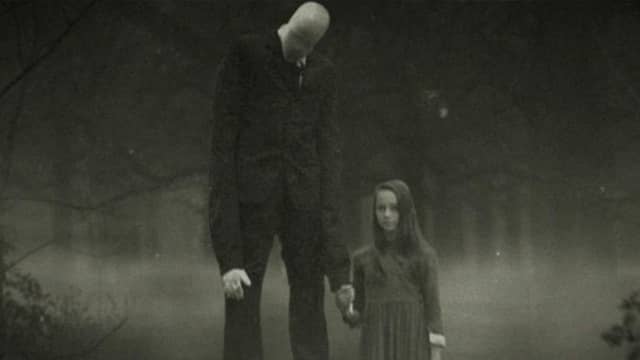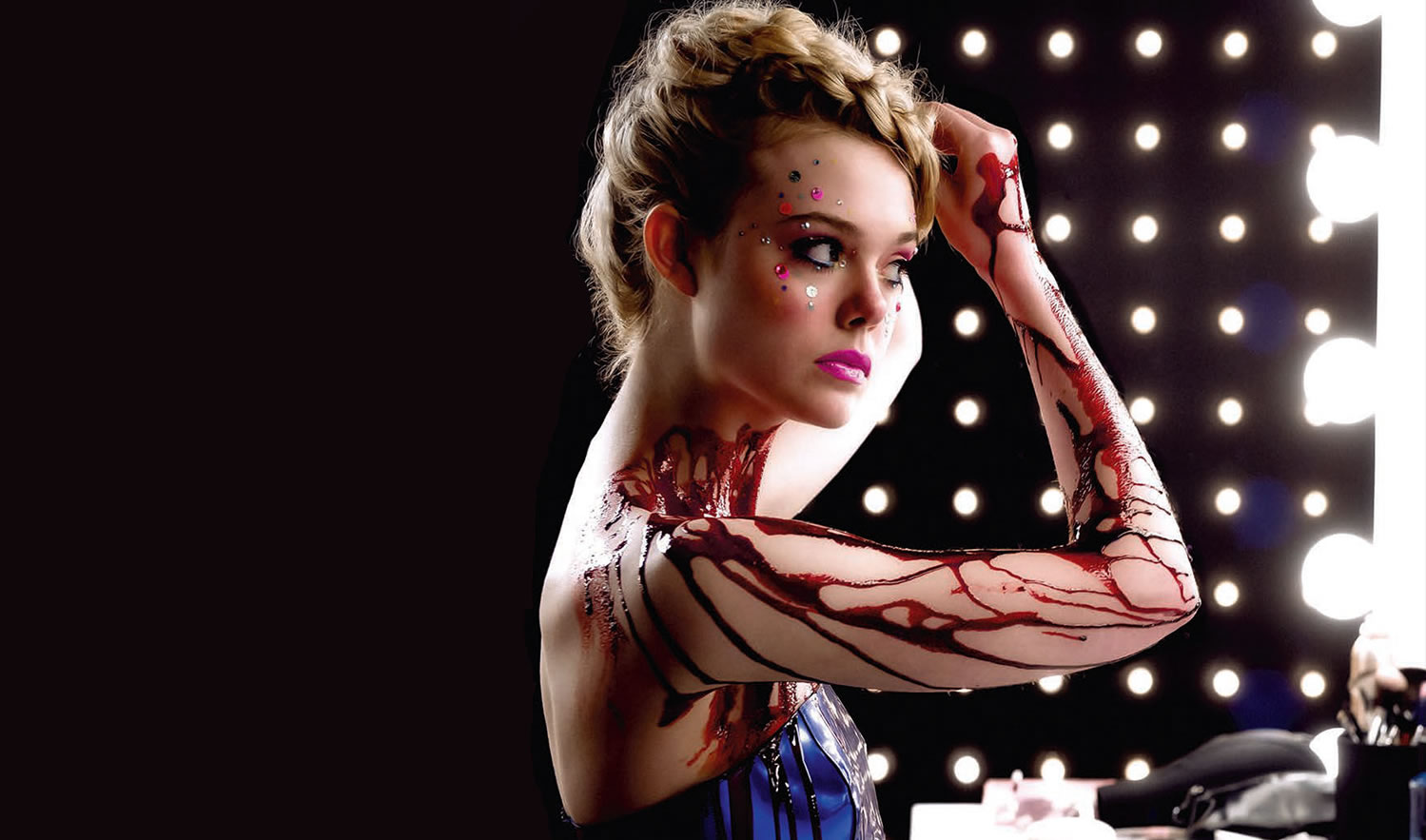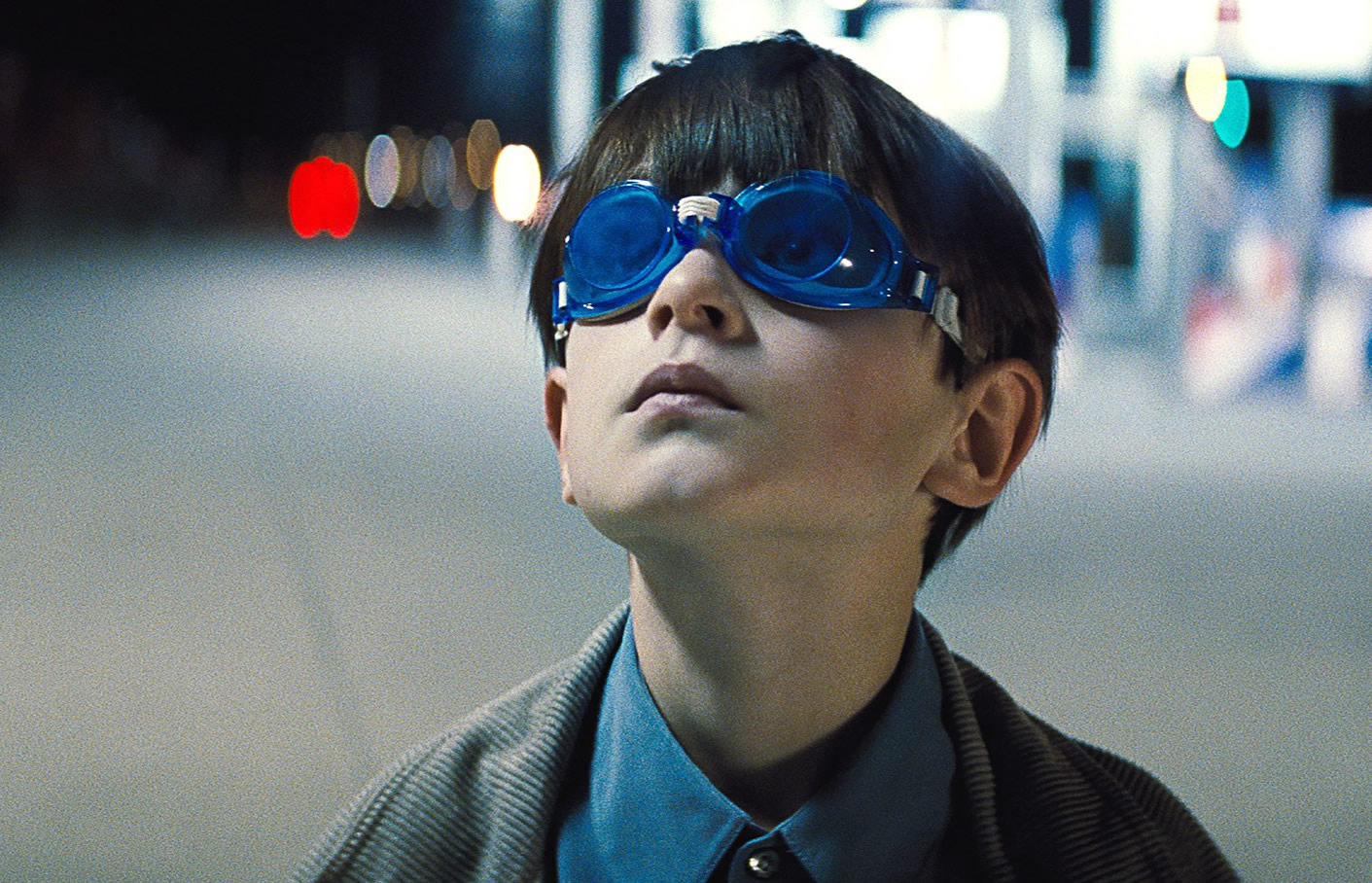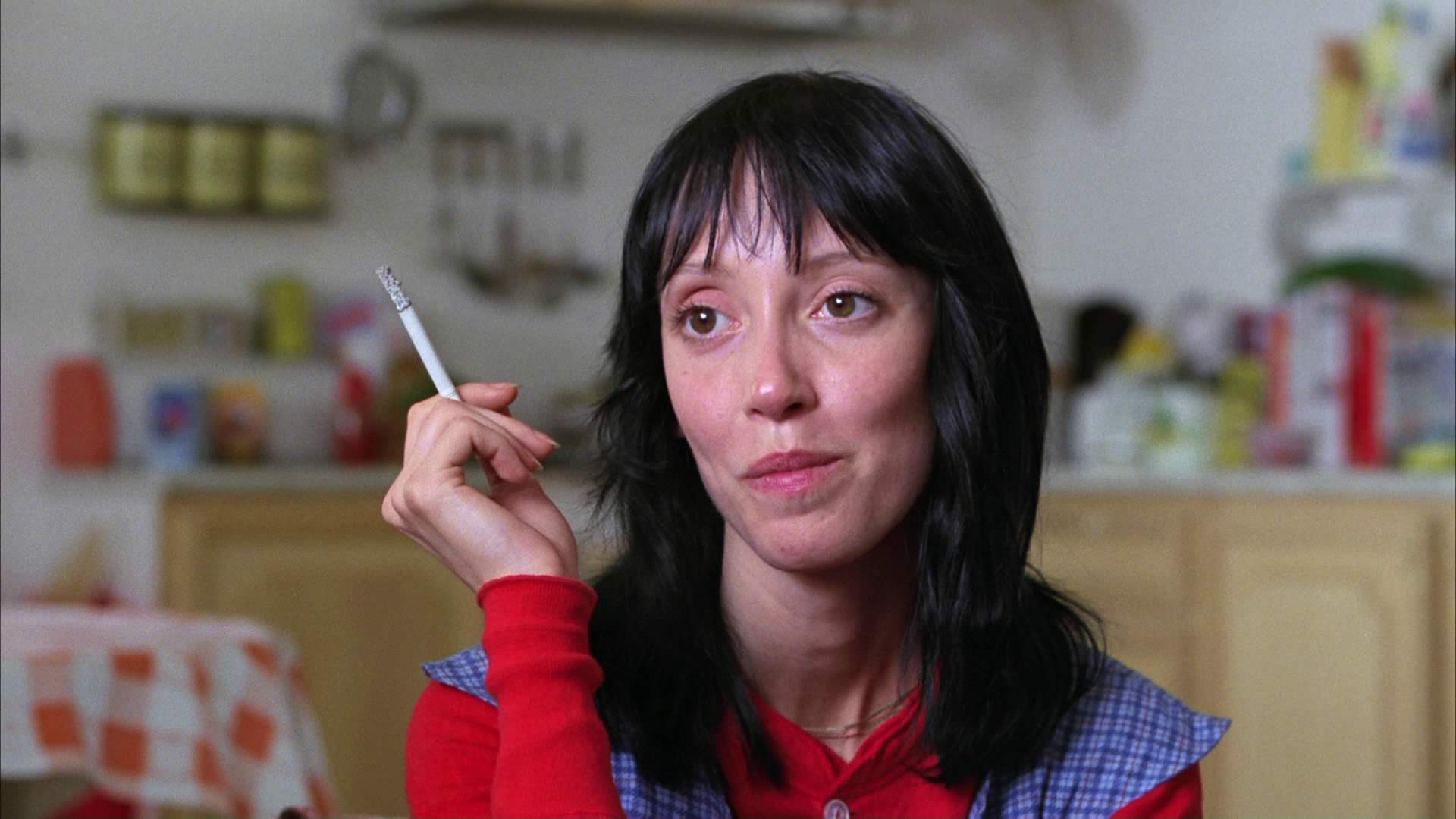So: it’s a little over forty hours after the release of Harper Lee’s new-old novel, Go Set a Watchman, and by now, like me, like the rest of the world, you’ve either read the book or an article (or even just a headline) from TheNew York Times or The Guardian, preparing you for the eventuality that you aren’t going to like the way the story shakes out.
Wherever you fall in the conversation, you’re no doubt attempting to make sense of a few things. Me, I read the novel over the course of Tuesday and Wednesday, via iBooks, and my own initial reaction to the text itself hewed pretty close to the five stages of loss and grief: denial, anger, bargaining, depression, and, finally, acceptance. Even now, having finished the book and numerous reviews, most of which are being mildly generous to the text, I can’t quite settle on any one emotion.
Ultimately, the only way I can join the conversation is from the perspective of a writer. With Go Set a Watchman, we find ourselves at a strange juncture between the literary past and the literary present, and the effect is a kind of reader’s vertigo. In a way, we’re through a looking-glass, and nothing is what it seems.
But It’s Not a Sequel.
Before Tuesday’s release of Go Set a Watchman, here’s what we thought we knew, a la To Kill a Mockingbird: Jean Louise and Jem Finch come of age in the summer of 1936, when their father unsuccessfully defends a black man on trial for the rape of a nineteen-year-old white girl. Their lives are put in jeopardy by this defense. Their father, Atticus Finch, is a principled man who believes all are equal in the eyes of the law. He also believes his children should never presume to know another person’s mind or heart until they’ve walked in his or her skin.
Now, after Tuesday’s release, here’s what we think we know: Atticus Finch, later in life, is a pro-segregationist and a member of Maycomb’s white citizens’ council, and when Jean Louise and Jem were young he successfully defended a black man on trial for the rape of a fourteen-year-old white girl. His defense was successful based on proving consensual sex between the two. He openly loathes the NAACP and its political agenda, which has led to the Brown v. Board of Education decision threatening Alabama's right to maintain separate but equal facilities for whites and negroes.
But remember: nothing is what it seems.
My initial concern, before reading the book, was that Americans would not be able to hold in their heads two separate notions about such a sainted figure as Atticus, that this evolution of his character would be a dose of cynicism too strong for most to swallow. That no intelligent conversation would emerge from such a disappointing characterization of one of the great fictional heroes in American literature. Basically, that To Kill a Mockingbird’s themes would be undercut and served up on a plate to a cynical age when, in reality, America is in desperate need of racial healing.
One thing to keep in mind: this fear was predicated upon the notion that Watchman was a direct sequel to Mockingbird, a continuation of the same characters' stories. The book was sold to the public as such, complete with unrealistic expectations bound up in Harry Potter-esque midnight release parties, Atticus impersonators, and potluck read-a-thons (picture a moment when readers at coffee shops all over America spat hot lattes late Tuesday afternoon when Jean Louise discovers a racist pamphlet in her father’s pile of reading). But Go Set a Watchman is simply not a sequel. As the history of Mockingbird reminds us, it’s essentially a rejected manuscript that the author never visited again over five decades. At best, it can only be an alternative history to the one established in Mockingbird, as it presents a portrait of Atticus that is largely inconsistent with what came before.
Writing for Mashable, critic Hillary Busis posits that Go Set a Watchman could be the true account, that “Watchman is Jean Louise (a.k.a. Scout) Finch’s reality, while To Kill a Mockingbird is a gauzy imagined past." A “memory play that Jean Louise chose to write down after learning the heartbreaking truth about her father.” In her thoughtful piece, she calls Mockingbird a “cleaner story told by a nostalgic narrator.” While I do appreciate the challenges and conundrums such a re-visioning of Mockingbird entails, as a fiction writer who tends to emphasize process (a series of ordered steps: outlining, drafting, revising, publishing), I tend to think that what was published was final, unless, of course, the future text deliberately attempts to subvert the original (which Watchman does not and cannot, by virtue of being a scrapped project written before Mockingbird).
In the end, Go Set a Watchman just doesn’t jive as a sequel. Ultimately, it's far too mature a work to be re-jiggered via the "It was all a nostalgic fantasy" reading. And if certain crucial details of this book had aligned with Mockingbird’s (e.g. the outcome of the Tom Robinson trial, the presence of the Radley family, etc.), it might have started a conversation about fictional characters and their place in our hearts and lives, what happens when they let us down, but this is, factually, just not the same Atticus. Nor is it the same timeline. It’s not an extension or a deepening of the story; it’s a contradiction.
Finch v. Finch
In some ways, Go Set a Watchman would be a more interesting novel if To Kill a Mockingbird had never been written. Just getting over the emotional baggage of what it does to our beloved Atticus from Mockingbird gets in the way of talking about the progressive ideas in Watchman, and I don’t necessarily mean the book’s heavy-handed preoccupation with racism. Watchman presents in Jean Louise a Southern hero with a nuanced and intellectual point of view, and through her the book deals deftly with the subjects of feminism and classism. All men in the novel—from Jean Louise's doctor-uncle to her suitor Henry to Atticus himself—condescend to her and treat her as if she requires protecting from herself. Even the novel’s climax revolves around the notion of men enabling Jean Louise to become her own person. But throughout the book she maintains a fierce individualism and takes her Maycomb peers to task for their small-minded points of view about men, sex, religion, and, of course, civil rights—though she is hardly a crusader for the last of these when the novel begins.
Of particular interest to me was the book’s climax, in which Jean Louise and her father face off in a courtroom-style argument, Finch against Finch. At first, the argument concerns itself with the law, with the Brown v. Board of Education decision and the resulting fallout for states’ rights, which Jean Louise is actually a proponent of. (Curiously, Atticus, who believes in the law above all else, fails to see the validity of the Supreme Court’s decision and cannot abide it; this is a prescient moment in the novel, with our current climate of “religious freedom” advocates opposing the recent Supreme Court ruling with regard to same-sex marriage.)
Jean Louise, faced with the moral contradiction of Atticus’s racism, cannot confine her arguments to the Constitution, though, and soon father and daughter’s back-and-forth devolves into a verbal attack against Atticus, in which Jean Louise accuses her father of being a coward, a snob, and a tyrant. “You deny [negroes] hope,” she says. “Any man in this world, Atticus, any man who has a head and arms and legs, was born with hope in his heart.” In her fury, she goes on to imply that Atticus Finch is no better than Adolf Hitler. “You just try to kill their souls instead of their bodies,” she says.
Atticus remains calm and unflappable throughout, insisting that he loves his daughter, even as her trust in him completely dissolves. When she tells him she despises him, his answer is: “Well, I love you.”
This interplay is followed by a final scene in the Finch household between Jean Louise and her Uncle Jack, Atticus’s brother, who attempts to put his niece’s confrontation with Atticus into perspective. After slapping Jean Louise twice and giving her a bit of whiskey to calm her down, he accuses her of being, by definition, a bigot herself. “What does a bigot do when he meets someone who challenges his opinions?” Uncle Jack wants to know. “He doesn’t give. He stays rigid. Doesn’t even try to listen, just lashes out.” This is the most complex moment in an altogether challenging and difficult novel, when a man whose viewpoint Jean Louise (and we) oppose turns the hero’s righteous indignation against her.
In this way, Go Set a Watchman is a heady work. It offers no easy answers and deals in shades of grey, whereas To Kill a Mockingbird painted in starker contrasts. The novel's release now, with the recent controversy over the Confederate flag in South Carolina and the ongoing civil rights struggle of same-sex couples, makes it a genuinely timely work—if not a timeless story, as its predecessor remains.
Where Reason Ends and Faith Begins
“Prejudice,” Uncle Jack says to Jean Louise in the final scene of the book, “a dirty word, and faith, a clean one, have something in common: they both begin where reason ends.” Go Set a Watchman takes us to the end of reason when Jean Louise has no words left for her father, when his wrong-headed thinking has exhausted her, has killed her spirit. But at the end of reason she also finds an end to a lifelong faith, faith in her father’s godhood. Her journey mirrors the reader’s, in this regard. And it is a dreary and fitting end, to be sure, given this Atticus Finch’s pro-segregationist views. There is hope, too, that in recognizing her father as human, there will come some type of reconciliation between them.
“I called you some pretty grim things,” she says to her father in the final pages. Atticus replies: “I can take anything anybody calls me, so long as it’s not true.” And one page later, the book ends, with Jean Louise's reflection upon her father as a flawed individual she must continue to love, in spite of her own watchman, her conscience. “I can’t beat him,” she thinks, “and I can’t join him—” And so the novel ends in emotional stalemate.
To Kill a Mockingbird also takes us to the end of reason, when Tom Robinson, an innocent man, is shot on the fence of a penitentiary. This defeat is no less dreary than Scout’s loss of faith in her father in Watchman, but Mockingbird understands the enduring power of defeat, how it shapes us, reveals the ways we can improve. Mockingbird gives us, in Atticus Finch, a man whose very ideals—his reason and devotion to the law—are ultimately inadequate to protect the lives of those he is sworn to defend, especially his own children. And here, in the final pages of the better novel, when a ghost saves the Finch children from the inevitable outcome of their father’s wrong-headed assertion that Old Man Ewell will not make good on his threat of violence, faith has its beginning, not its end. “Thank you, Arthur,” Atticus tells Boo Radley, “for my children.”
Go Set a Watchman makes no mention of Boo, and the narrative is lesser for it. Boo, after all, is the central mystery of Mockingbird. He is the unseen force in which the children place their faith, and their faith, ultimately, is rewarded, reminding us, the readers, of the dignity of all people. For this single thread, if no other, the story of Mockingbird is inherently more powerful, and this was something at least one good editor—and Harper Lee herself—understood over fifty years ago.
Not all novels are intended to reflect only the stark realities of the world in which we live. Some show us a world in which we’d like to live, and this is no small thing. In fact, a compelling, successful story set in such a world is a far greater achievement. Such a story is not the stuff of fantasies or childhood fairy tales, but the stuff of hope. The stuff of faith, which steps in to save us when reason cannot.


























